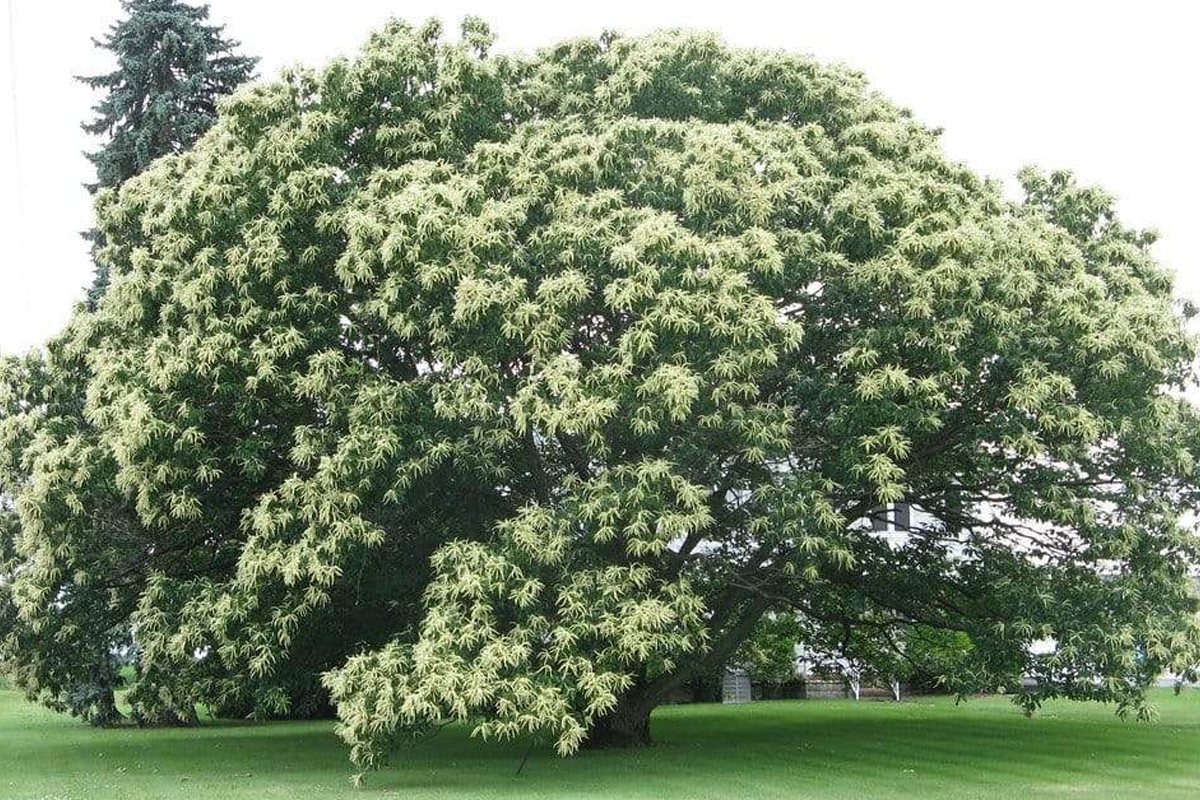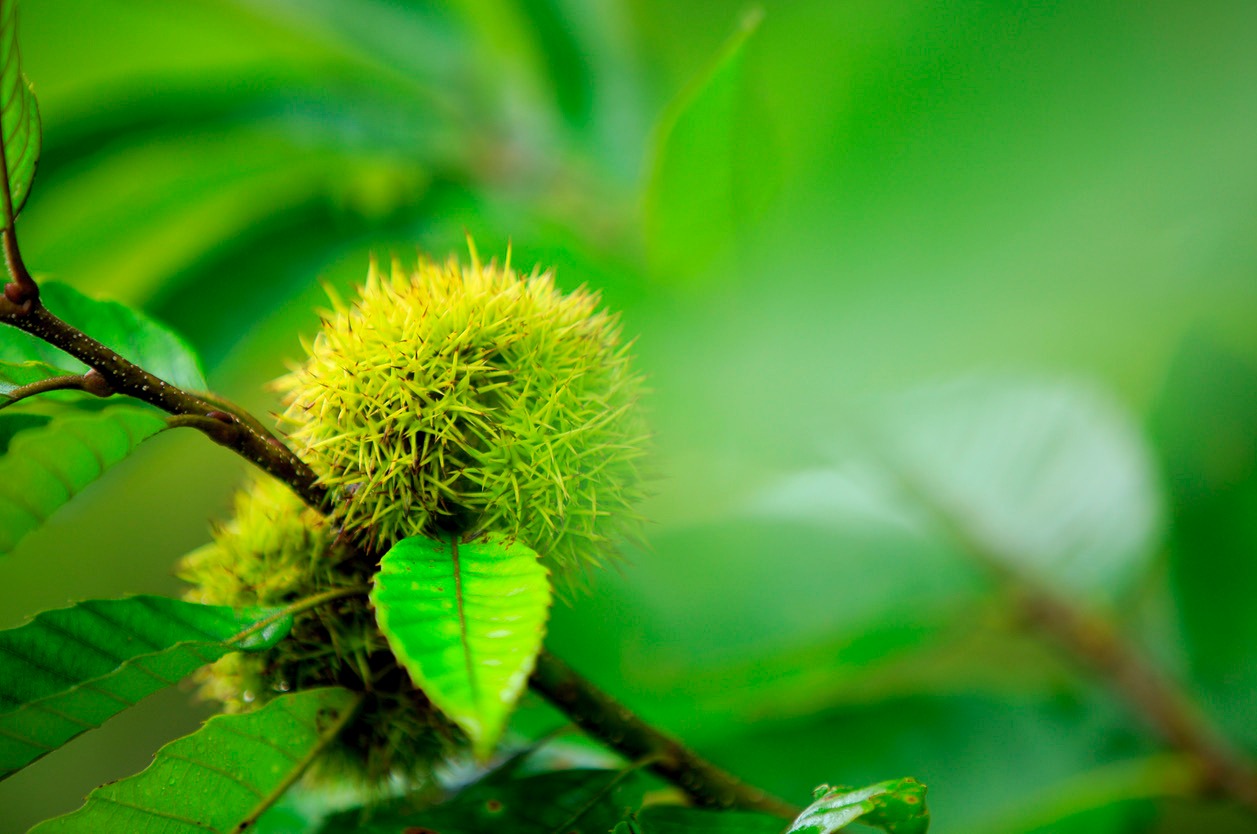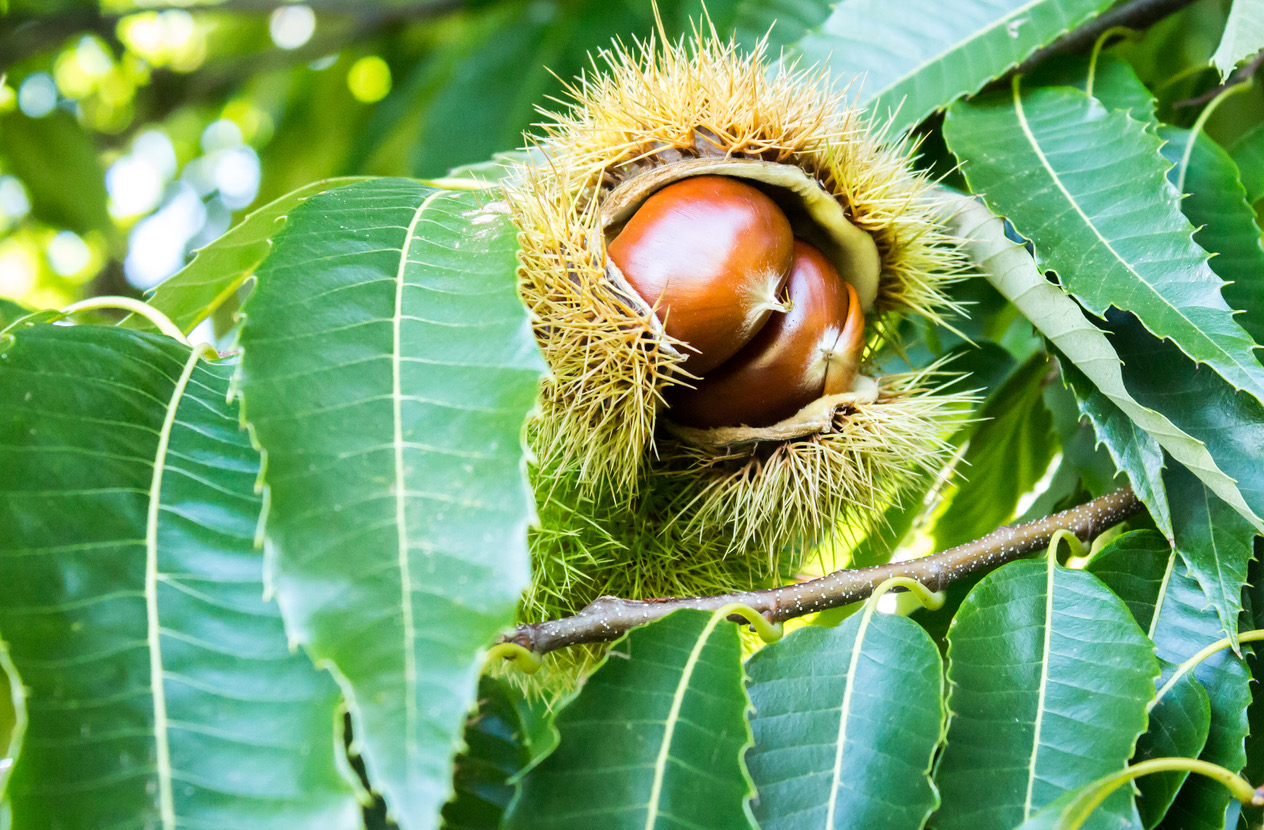Chestnut trees are large, deciduous trees that are native to many parts of the world. They are known for their tasty nuts, which have been a staple food source for people and wildlife for centuries. In recent years, there has been renewed interest in planting chestnut trees for their ecological benefits, particularly for wildlife.
Here are some of the ways that planting chestnut trees can benefit wildlife:
Food source for wildlife
Chestnut trees produce large, sweet nuts that are a valuable food source for many wildlife species, including deer, squirrels, chipmunks, raccoons, and birds such as blue jays and wild turkeys. The nuts are high in carbohydrates, protein, and fat, making them an important source of energy for animals during the fall and winter months.
Habitat for wildlife
Chestnut trees provide important habitat for a wide range of wildlife species. The trees have a dense canopy that provides shelter for birds and small mammals, while the leaves and branches provide hiding places for insects and other invertebrates. Chestnut trees also produce a lot of leaf litter, which is important for soil health and provides habitat for ground-dwelling invertebrates.
Ecosystem services
Chestnut trees are known for their ability to improve soil health and nutrient cycling. They have deep root systems that help to improve soil structure and fertility, and they produce a lot of leaf litter that contributes to nutrient cycling and the formation of soil organic matter. Chestnut trees also provide important ecosystem services such as carbon sequestration and air and water purification.
Chinese chestnuts (Castanea mollissima) are often considered a good alternative to American chestnuts (Castanea dentata) for planting, particularly in areas where American chestnuts have been decimated by the chestnut blight. Here are some reasons why Chinese chestnuts may be a good alternative:

Resistance to chestnut blight
One of the primary reasons why American chestnuts have been decimated is because of chestnut blight, a fungal disease that was accidentally introduced to North America in the late 1800s. Chinese chestnuts are resistant to chestnut blight, which means that they are not affected by the disease and can grow to maturity without being killed by the fungus.
Similar nut quality
Chinese chestnuts produce nuts that are similar in size and flavor to American chestnuts, which makes them a good substitute for culinary purposes. While there are some differences in flavor between the two species, many people find that Chinese chestnuts are a good replacement for American chestnuts.
Adaptability to different climates
Chinese chestnuts are adaptable to a wide range of climates, from hot and humid to colder and drier. This makes them a good option for planting in a variety of locations, including areas where American chestnuts may not be able to grow.
Disease resistance
Chinese chestnuts are also resistant to other chestnut diseases, such as root rot and ink disease (in addition to chestnut blight), which can affect American chestnuts. This makes them a more reliable choice for planting in areas where chestnut diseases are a concern.
Genetic diversity
Planting Chinese chestnuts alongside other chestnut species can help to increase genetic diversity and promote healthy populations of chestnut trees. By diversifying the gene pool, it may be possible to develop new varieties of chestnuts that are even more resistant to disease and better suited to different growing conditions.
In conclusion, Chinese chestnuts are a good alternative to planting American chestnuts, particularly in areas where chestnut blight has decimated populations of the native species. By providing similar nut quality, superior disease resistance, and adaptability to different climates, Chinese chestnuts can help to restore chestnut trees to their historical range and provide important ecological and cultural benefits.




Join the discussion One Comment